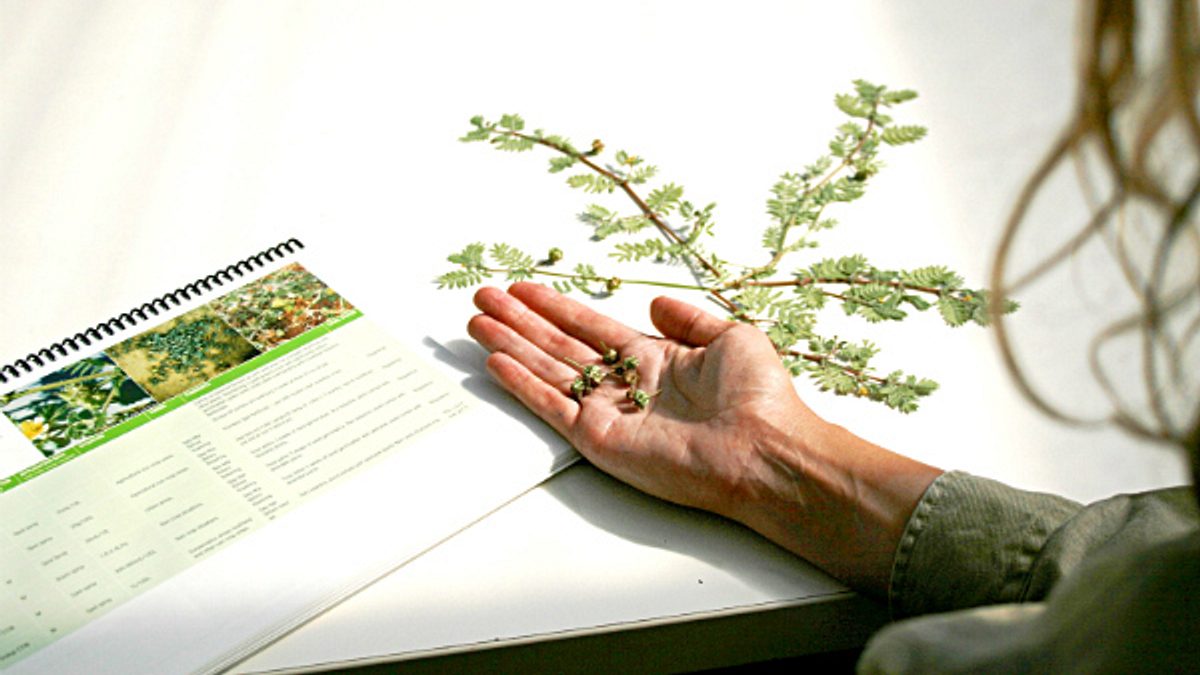Caltrop is a prickly problem
The weed caltrop has been popping up in Whyalla and surrounding districts following recent rains. The plant grows flat along the ground, stemming from a central tap root to about 1m long. It has green-grey, fern-like likes, and yellow flowers with five petals. The flowers turn into woody burrs with sharp, rigid spines that split into five wedge-shaped segments when ripe.
The weed caltrop has been popping up in Whyalla and surrounding districts following recent rains.
The plant grows flat along the ground, stemming from a central tap root to about 1m long. It has green-grey, fern-like likes, and yellow flowers with five petals. The flowers turn into woody burrs with sharp, rigid spines that split into five wedge-shaped segments when ripe.
Natural Resources EP Natural Resources Officer Barbara Murphy said caltrop (Tribulus terrestris) was a declared South Australian weed meaning, it was a land manager’s responsibility to control infestations on private land.
"The hard spiky thorns that we all know too well, contain 20 seeds, which could mean as many as 8,000 seeds are generated from a single plant,” Miss Murphy said.
“Seeds can remain viable under the soil for years, so when removing caltrop it is important to try to collect all the thorns. Pay particular attention to bare areas like gravel car parks, footpaths, sheep yards and vineyards.”
Caltrop is especially common after summer rains, and is well known in the Whyalla area.
“Last year 40 property owners and residents sought advice from Natural Resources staff and acted quickly to control caltrop on their properties,” Miss Murphy said.
“A diligent response to the weed again this year will help to further reduce the amount of seed on the ground and prevent future infestations.”
Caltrop burrs can injur animals and humans alike. They are a particular nuisance in amenity areas like parks and can be hazarous to livestock, damaging animals’ feet, mouths, stomachs and intestines. It is also toxic to sheep, and native fauna.
“By controlling this weed on your property you can help protect local industries and keep sports fields and public places free of this unwanted prickly invader,” Miss Murphy said.
“Small caltrop infestation can be physically removed by grubbing or digging plants from the central tap root. ”The weed must be bagged and placed in the red bin, not the green bin, as this will prevent it from spreading.
“Large infestations of caltrop are best controlled with herbicide, but it is essential that you target the weed before the prickly seeds mature and fall off the parent plant.”
Information on caltrop control, herbicide selection and application rates are available from your local Natural Resource Centre, or by watching this video: www.landscape.sa.gov.au/ep/plants-and-animals/pest-plants-and-animals/pest-plants.
Now is also a good time to keep an eye out for khaki weed, innocent weed and any other declared pest species on your property.
For advice regarding control or identification of this pest species please contact Natural Resources Officer Barbara Murphy on 0427 188 546 or Barbara.Murphy2@sa.gov.au



